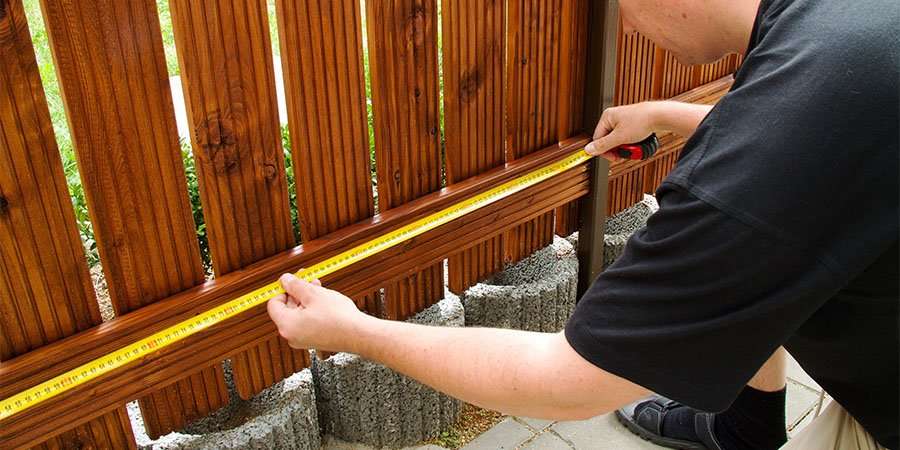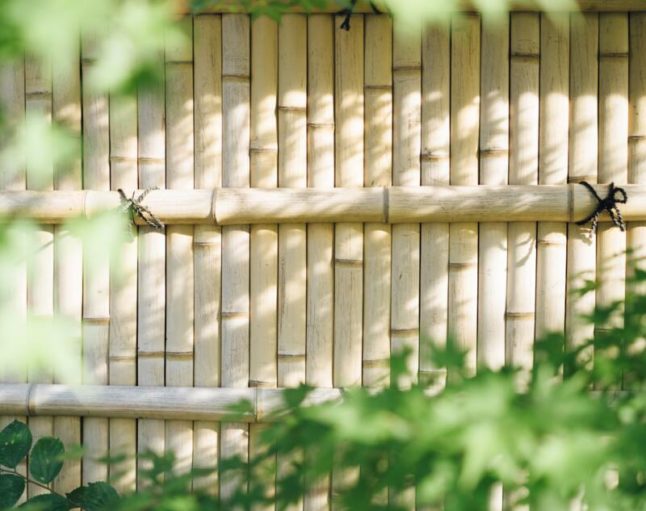All Categories
Featured

As sustainability comes to be a significantly crucial consideration for house owners, more individuals are turning to green fence materials. Whether you're building a fencing for privacy, security, or visual purposes, selecting materials that decrease environmental impact is a wonderful means to add to a much healthier earth. Here's a consider the top green fencing materials offered today and their advantages.
- Bamboo Fence: Fast-Growing and Eco-friendly. Bamboo is just one of the most sustainable secure fencing products on the marketplace. Unlike conventional timber, bamboo is exceptionally fast-growing, which means it can be gathered without diminishing woodlands. This makes it a very renewable energy, with some species growing up to three feet in a solitary day.
Ecological Benefits: Bamboo absorbs much more co2 than numerous various other plants, aiding to offset greenhouse gases. Its rapid development rate means it can be collected routinely, making it a renewable material. Resilience: Bamboo fencings are normally resistant to insects and decay, especially when appropriately treated, reducing the requirement for chemical treatments. Aesthetic Charm: Bamboo offers an one-of-a-kind, all-natural appearance that matches both typical and modern landscaping layouts. Nevertheless, while bamboo is a terrific alternative, it is necessary to make sure that the bamboo used is sensibly sourced to stay clear of adding to environmental destruction.
- Recycled Steel Fencing: Durable and Multiple-use. Recycled steel fencing, such as light weight aluminum or steel, uses an environmentally friendly alternative to conventional timber fencings. These steels are commonly made from recycled products, minimizing the demand for new mining and the ecological influence connected with extracting raw materials.

Ecological Advantages: Steels like aluminum and steel are 100% recyclable, meaning they can be reused and repurposed indefinitely without shedding quality. Sturdiness: Steel fencings are unbelievably long lasting, resistant to weather, parasites, and put on, making them a long-lasting choice that doesn't require to be changed often. Low Upkeep: Recycled metal fences need marginal upkeep and do not require to be repainted or secured regularly, lowering the need for extra chemicals. The major disadvantage is that steel fencings might not supply the same personal privacy as wood or plastic alternatives, as they can have voids depending on the style.
- Recycled Wood Fence: Lasting and Natural. For those that enjoy the timeless appearance of timber yet desire an environmentally friendly alternative, recycled timber fence is a superb selection. This material is made from recovered wood from old buildings, pallets, or even furniture, diverting these materials from landfills.
Environmental Benefits: Making use of recycled timber protects against the demand to cut down brand-new trees, assisting to preserve forests and decrease logging. Visual Allure: Recycled wood supplies a rustic, natural look and can be tailored to match any kind of home style. Sustainability: Because it is sourced from existing timber items, recycled timber does not require new handling, which decreases energy intake and carbon exhausts. While recycled wood fencings are a green option, they might need more maintenance in time than steel or bamboo fences, as timber can be prone to degeneration and pests otherwise appropriately treated.

- Living Fences: All-natural and Eco-friendly. Living fencings, which are made from dense growings like trees, bushes, or shrubs, use a entirely natural and green alternative to conventional fencing materials. These fences not just provide privacy yet also enhance your garden with beautiful plant.
Ecological Benefits: Living fences can soak up carbon dioxide, offer environment for wild animals, and enhance air high quality. Noise Reduction: Thick plantings can act as all-natural , lowering website traffic sound or other undesirable audios. Aesthetic Charm: They add a soft, natural aesthetic to any type of property and can be customized to fit any layout. While living fencings are environment-friendly, they do need routine upkeep such as pruning, watering, and in some cases pest control.
- Hemp Secure Fencing: Strong and naturally degradable. Hemp is one more sustainable material that has actually made its way right into the secure fencing sector. Hemp fences are made from solid hemp fibers that are woven together to produce eco-friendly and long lasting panels.
Ecological Advantages: Hemp grows promptly and calls for very little water, making it a resource-efficient crop. When no longer needed, the material is biodegradable and can be composted. Toughness and Resilience: Hemp fencing is weather-resistant and remarkably strong, making it appropriate for numerous climates. Sustainability: Hemp farming calls for less chemicals and plant foods than typical crops, making it an ecologically accountable alternative. Hemp fencing may not be as commonly readily available as various other materials, depending on your place.
Conclusion: Sustainable Selections for each Demand. Choosing green fencing materials is a wonderful method to reduce your environmental footprint while still attaining the privacy, safety, and aesthetic you want. From fast-growing bamboo to recycled timber and steel, there are a variety of sustainable choices that can aid you create a beautiful, useful fence while sustaining a healthier planet. By thinking about factors such as longevity, maintenance, and environmental impact, you can pick the very best environment-friendly fencing material for your needs and lifestyle.
Latest Posts
Discover Special Auto Repair Offers in Chicago at Montclare Auto Repair
Published May 27, 25
1 min read
Reasons Routine Auto Maintenance at Montclare Auto Repair Saves You Money
Published May 25, 25
1 min read
Secure Your Home with Top Quality Residential Roofing
Published May 22, 25
1 min read
More
Latest Posts
Discover Special Auto Repair Offers in Chicago at Montclare Auto Repair
Published May 27, 25
1 min read
Reasons Routine Auto Maintenance at Montclare Auto Repair Saves You Money
Published May 25, 25
1 min read
Secure Your Home with Top Quality Residential Roofing
Published May 22, 25
1 min read